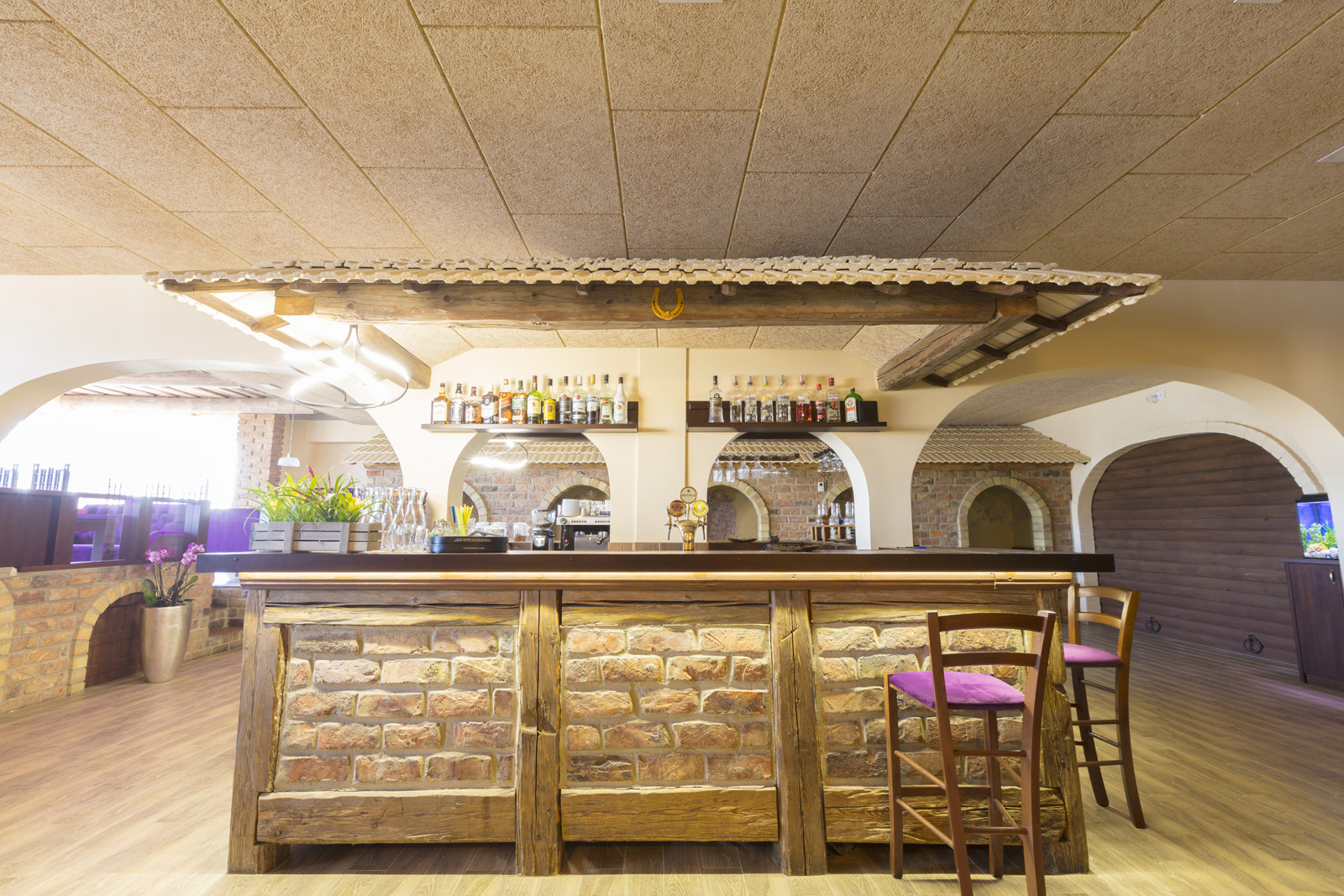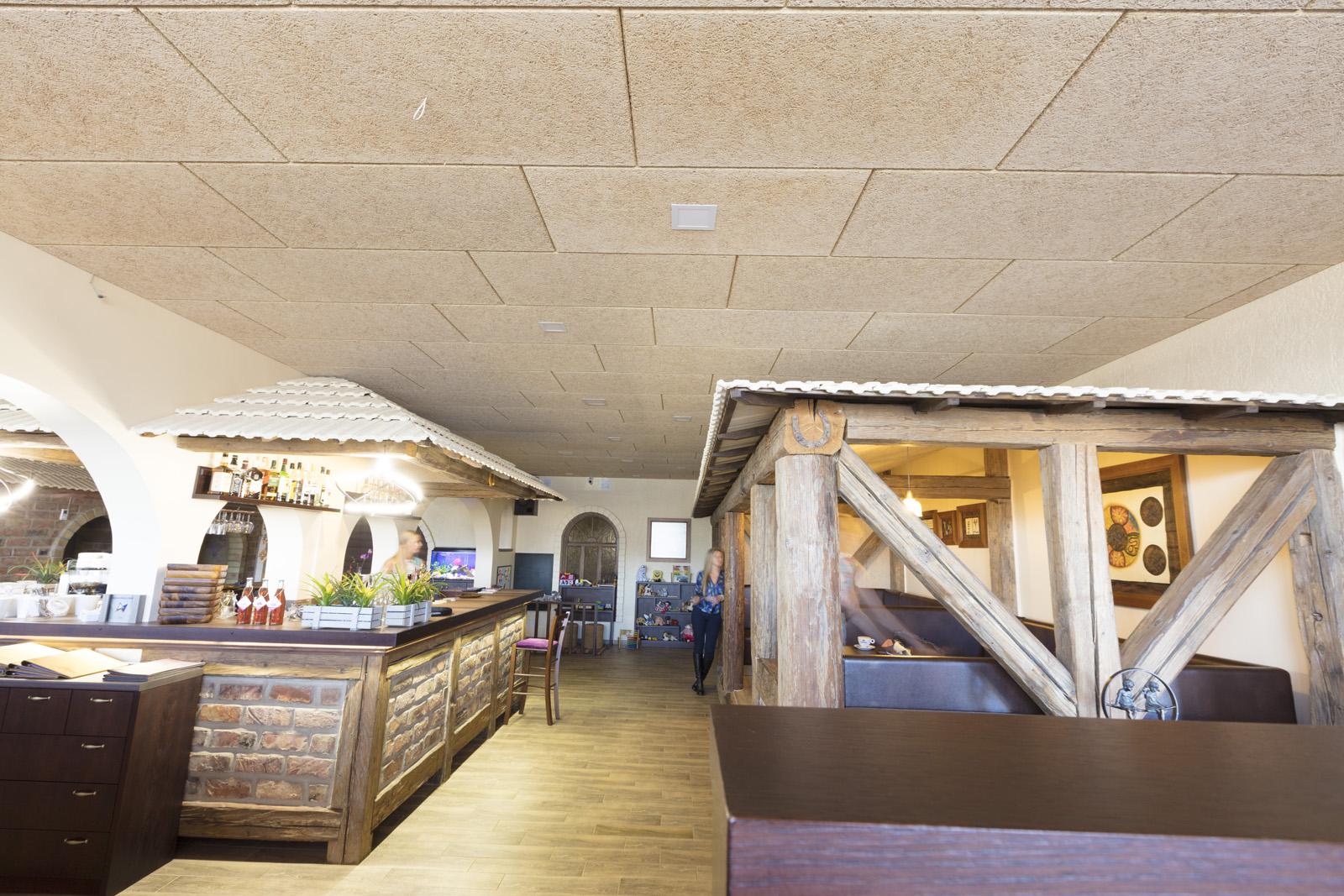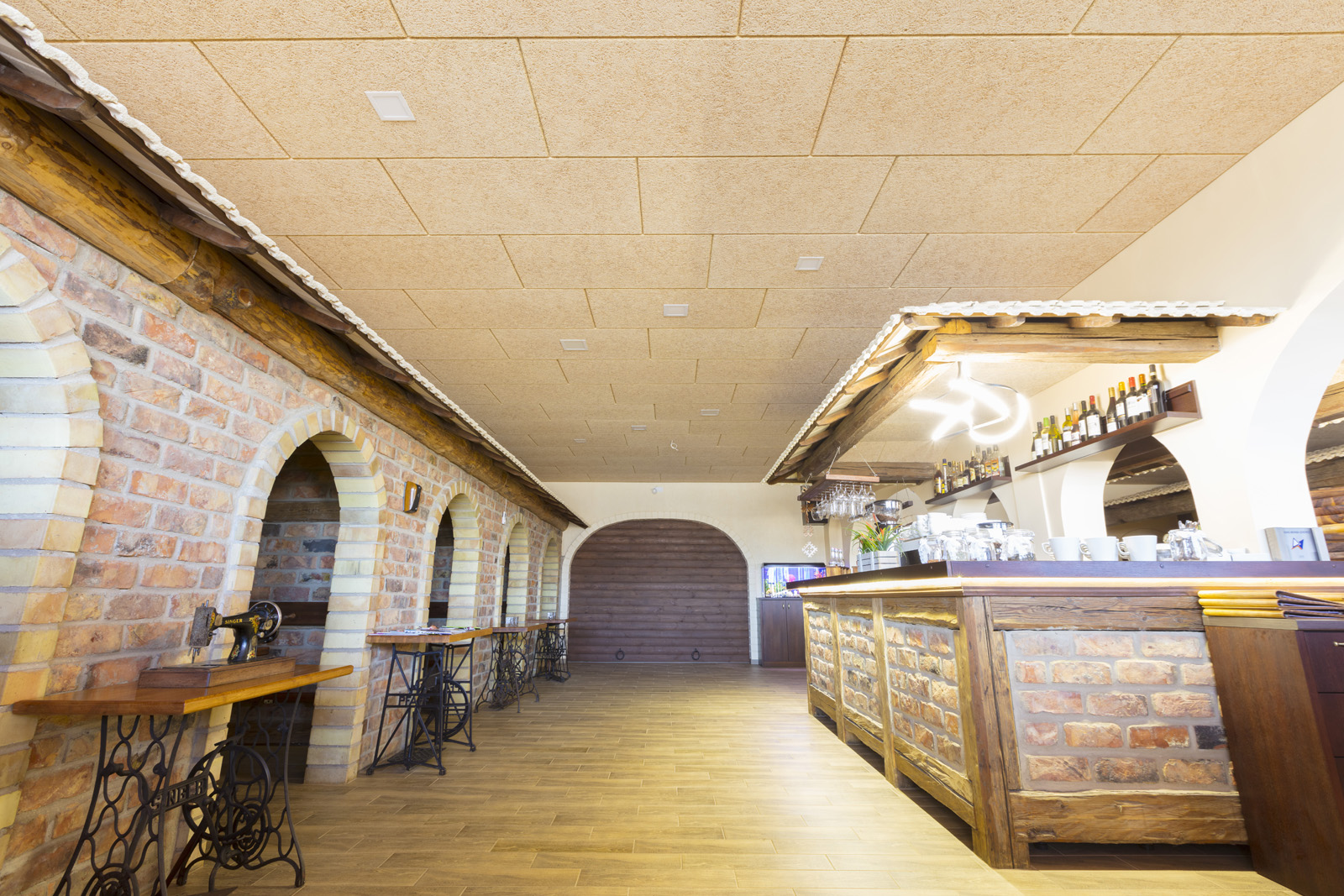Will the Restaurant Noise Wars Subside Anytime Soon?
5 Min Read By John Calder
The restaurant business is double-tough. TV chef trends, pricing expectations, sourcing problems and staffing merry-go-rounds – not to mention the incredibly late-night hours – could make even the most-seasoned retail business owners cry on occasion.
The increasingly common negative social media reviews of great restaurants (based on one customer’s alcohol intake) are maddening, and word-of-mouth recommendations have become “word-of-texting” fickleness. What once had a business science behind it has now doubled the complexity of operating a restaurant, thanks to the advent of the digital world.
The Danger of 'Unwanted Sound'
Into the mix of difficult-to-deal-with items that affect the bottom line of every restaurant comes a trend that seems to have snuck up on everyone – restaurant loudness wars. The youth movement in promoting rock-concert-like dining environments has caused a backlash among older food enthusiasts – a group that has been the core constituency of fine dining for years, and thereby considered to be many a restaurant’s bread-and-butter. As the industry – and the world around it – evolves, the experience of rewarding oneself with a great meal has become an ordeal, and it’s all due to noise levels, better defined as “unwanted sound.”
As the industry – and the world around it – evolves, the experience of rewarding oneself with a great meal has become an ordeal, and it’s all due to noise levels, better defined as 'unwanted sound.'
Of course, some businesses thrive on curated levels of noise. Casinos are famous for keeping the “ding-ding-ding” chaos at specific levels to encourage customer excitement (i.e. betting). Clothing stores that cater to younger-demographic play punk and electronic music at music-fest levels. And, some restaurants have been known to add rock-show-level performances to supposedly push live entertainment, which millennials value higher on their list of features for a “good” restaurant.
The noise wars have gone too far: “too much noise” is now customers’ single most-hated restaurant problem, ahead of bad service, bad food and high prices. Open kitchens, the previously-mentioned cranked-up music and overly-raucous diners have certainly played a part in amplifying this business-killing monster, many complaints are aimed squarely – and rightly – at restaurant acoustics. Hard sound-reflective surfaces like stone, brick and glass might look terrific to an acoustically-unaware interior designer, but to any acoustically-savvy observer, it’s an aural mess.

The result can be an age-layering of restaurant types, separating younger diners from anyone hoping to hear the conversation of their companions. Also, while not universal, loud noise will sometimes be used to mask poor quality, as a restaurant tries to improve “the dining experience” for less-experienced customers. An underlying, far more dangerous result is that the staff of very loud restaurants will suffer irreparable hearing loss – is OSHA monitoring right around the corner?
The problem has not gone unreported. Zagat, the prestigious restaurant guide, recently released a survey that ranked noise as the most irksome issue among a solid 24-percent of restaurant-goers. Service (23-percent), which some may argue will also be affected by noise; crowds (15-percent); high prices (12-percent); and parking (10-percent) are the others. (Zagat.com, Jan 7, 2018) Consumer Reports, the product-ratings non-profit institution, also reported on the issue in 2016, stating that “For our survey respondents, the biggest bugaboo was noise—loud customers and blaring music. Second-rate service was another key annoyance…” (Consumer Reports, Sep 20, 2016)

This isn’t a new problem, nor is it limited to the U.S. – a European scientific research paper (BNAM 2012, J.H. Rindel, Odeon A/S, Denmark) studied the issue and found that, “Noise from people speaking in restaurants and at social gatherings in closed environments is often a nuisance … and [because of] the difficulties associated with a conversation, visitors may leave the place with a feeling of exhaustion. In many countries, there is a growing awareness of… accessibility for all in public buildings. This is not limited to the physical access but also includes that the acoustical conditions should be suitable.”
Acoustical 'Tuning'
As an increasing number of unhappy diners avoid overly-loud spaces, and the population of older, more affluent (and hearing-sensitive) diners has increased relative to the number of younger, less well-heeled (and possibly less noise-averse) restaurant-goers, business owners have started asking designers to solve the problem. But not to solve it too much – like casinos’ noisy environments, some level of sound chaos helps convey that hard-to-define “excitement factor.” Achieving “friendly” ambient sound levels – somewhere between a library’s quiet and the threshold of pain – should be an obvious goal. Acoustical “tuning” should be an essential part of any new or upgraded facility design.
Acoustically treating a room is commonplace for critical-listening environments, such as recording studios, high-end audio rooms and concert halls, but those aren’t the only places we should consider. The tools developed for professional-use applications are readily available to restaurant architects and designers, who should consider working with manufacturers to learn more about the best solutions to address noise – whether upgrading an existing restaurant or building a new one. Three of the best restaurant noise treatments include a tried-and-true product, a newly-researched technology and an ecologically-friendly designer favorite.

One of the most often used products for absorbing sound is the fabric-wrapped fiberglass panelmounted on wall and ceiling surfaces. This readily-available solution is affordable, easy to install, and available in any combination of hundreds of fabric colors. You’ll see these panels applied everywhere from cinemas to industrial plants, and they work well to reduce the reflected sound energy that causes echo, reverberation and unabated kitchen and patron noise.
A recent cutting-edge sound absorber technology is not like fiber-based acoustical ceiling tiles – it’s a micro-perforated aluminum panelthat does not require fiber backing because the tiny panel holes reduce sound energy. More commonly referred to as “micro-perf,” these ceiling tiles are easily installed in drop-ceiling T-Bar grids and can also be temporarily removed and steam-cleaned. This is a real advantage in problematic airborne-grease-prone open kitchen and grille areas in open-plan restaurants and bars, which may otherwise be especially noisy. Micro-perf metal panels have the appearance of an elegant silk fabric and are available in several finishes, including black, white, anodized colors and custom prints (including images). They absorb as much sound as fiber-based products and work very well with as little as a four-inch airspace above the tiles.
An old standard for absorbing sound reflections, especially in gymnasiums and churches, are cementitious wood-fiber panels. Better known as “wood wool,” these solutions are increasingly showing up in restaurants and bars, brought into the high-end design world due to tighter manufacturing tolerances and renewable-resource practices. Affordable, easily painted and installed, wood wool has only three manufacturing ingredients – managed-forest wood fibers, Portland cement and water. Available in stock panel sizes, custom shapes and mild-to-wild paint choices, wood wool enables designers to excite diners with color and placement while also reducing sound levels.
Will the restaurant loudness wars subside anytime soon?
That depends on customers’ willingness to make their displeasure known to owners, and owners’ demands on designers to focus attention on a facility’s sound environment. In the acoustical consulting business, improvements are now relatively easy – especially when compared to day-to-day operations of a modern restaurant. As for the décor, beautiful acoustical technology is now readily available (as is the sound system volume knob, which can easily be turned down). It seems the only remaining constraints are awareness of the problem and knowledge of the acoustical remedies. Owners, architects and designers, help is available – restaurants can now be great-looking andgreat-sounding.


